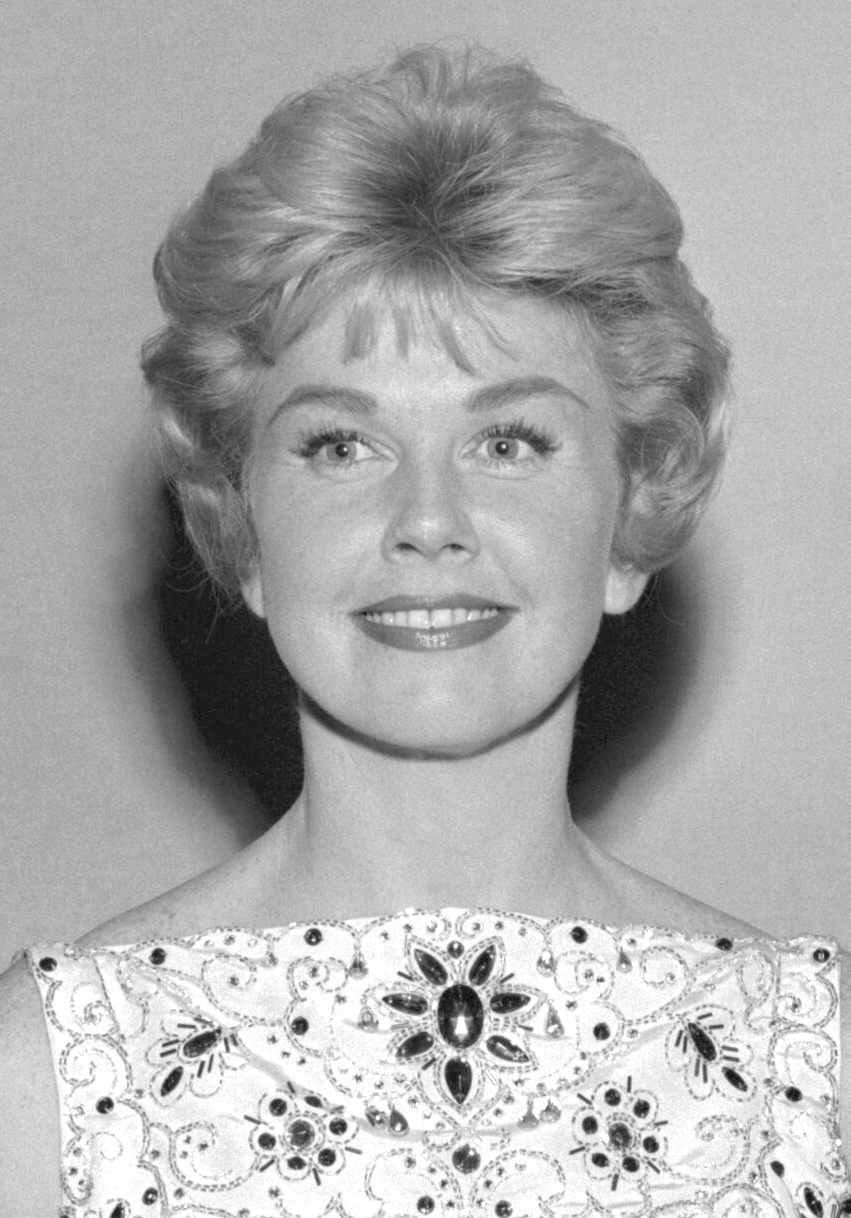
Doris Day, born Doris Mary Kappelhoff, was more than just an actress or a singer; she was a cultural phenomenon, a radiant presence who, for nearly five decades, captivated audiences worldwide. Her very name evokes an era of sunshine, resilience, and an undeniable charm that earned her the affectionate moniker, “America’s Sweetheart.” Yet, beneath the veneer of the girl-next-door image lay a formidable talent and a life rich with both professional triumphs and personal tribulations, all of which forged a legacy that continues to resonate today.
From her humble beginnings in Cincinnati, Ohio, to her soaring success as one of Hollywood’s biggest box-office stars, Day navigated the ever-changing landscape of entertainment with a distinctive voice and an effervescent spirit. Her journey was marked by a relentless pursuit of artistic excellence and an innate ability to connect with audiences, establishing her as a multifaceted icon whose influence extended far beyond the silver screen and recording studios.
As we look back at the extraordinary life of Doris Day, we delve into the formative moments that shaped her path, celebrating the milestones that cemented her place in history and examining the profound impact she had on both popular culture and the lives she touched. This exploration aims to capture the essence of a woman whose glamour, talent, and unwavering dedication left an indelible mark on an entire era.

1. **A Budding Talent Forged by Adversity: Early Life and the Road to Stardom**
Doris Mary Kappelhoff entered the world on April 3, 1922, in Cincinnati, Ohio, the daughter of German-American parents, Alma Sophia and William Joseph Kappelhoff. Her father, a music teacher and choirmaster, undoubtedly instilled an early appreciation for the arts in young Doris. Though she would later famously shave two years off her age for much of her life, her birth certificate confirms her 1922 birth year, making her a formidable 97 at the time of her passing.
Her childhood was not without its difficulties, as her parents separated when she was just ten, in 1932, a situation brought on by her father’s infidelity. Despite this, Doris developed an early passion for dance, forming a dance duo with Jerry Doherty in the mid-1930s that saw them performing in nationwide competitions. With a contract signed with a casting company and plans to move to Los Angeles to pursue her dancing dreams, destiny had a different, more dramatic turn in store for her.
On October 13, 1937, a tragic car accident while riding with friends resulted in a broken right leg when their vehicle collided with a freight train. This devastating injury abruptly curtailed her prospects as a professional dancer, a profound blow to her youthful aspirations. Yet, it was during her arduous recovery that a new talent blossomed, as she passed the time by singing along to the radio, particularly captivated by the voice of Ella Fitzgerald, whose subtle vocal shadings she diligently tried to emulate. This period of forced recuperation inadvertently unlocked her true calling, revealing a singing voice with “tremendous potential,” as recognized by her singing teacher, Grace Raine, who would become a pivotal figure in shaping her unique style and career.

2. **From Big Bands to National Anthems: The Genesis of a Singing Sensation**
Having discovered her remarkable vocal abilities during her recovery, Doris Day swiftly transitioned into the professional music scene. Her initial forays included securing positions as a vocalist on the WLW radio program ‘Carlin’s Carnival’ and performing in a local eatery, Charlie Yee’s Shanghai Inn. These early engagements quickly brought her to the attention of Barney Rapp, a bandleader actively seeking a female vocalist, who, after auditioning around 200 other hopefuls, recognized her unique talent.
It was Rapp who, in 1939, suggested the stage name ‘Doris Day,’ believing her birth surname, Kappelhoff, was too lengthy for marquees and admiring her rendition of the song “Day After Day.” Working with Rapp’s band, the New Englanders, Day began her journey, though she initially faced exploitation, with her manager appropriating half of her $50-a-day earnings. Despite this early setback, her talent continued to shine.
Her career truly began to ascend as she collaborated with other prominent bandleaders of the era, including Jimmy James, Bob Crosby, and most notably, Les Brown. With Les Brown and His Band of Renown, Day recorded her breakthrough hit, “Sentimental Journey,” released in early 1945. This song not only soared to #1 on the Billboard charts but also became an poignant anthem for World War II servicemen, solidifying her place in the hearts of a nation. Over 1945–46, she continued to dominate the charts with six additional top ten hits, including “My Dreams Are Getting Better All the Time” and “You Won’t Be Satisfied (Until You Break My Heart),” prompting Les Brown to declare her worthy of the company of singing legends like Bing Crosby and Frank Sinatra.
Read more about: A Royal Ascent: Tracing Queen’s Legendary Journey from London’s Pubs to Global Stadiums, One Iconic Era at a Time

3. **Hollywood Beckons: The Transition to Screen Star and Musical Luminary**
While continuing to enchant audiences as a vocalist with the Les Brown band and through a two-year stint on Bob Hope’s popular weekly radio program, Doris Day’s extensive touring across the United States signaled a shift in the music industry from big bands to solo pop singers. Her captivating performance of “Embraceable You” particularly caught the ear of songwriter Jule Styne and his partner Sammy Cahn, leading them to recommend her for a significant role in Hollywood.
This recommendation culminated in an audition for director Michael Curtiz, who, despite Day’s candid admission of lacking acting experience, was impressed by her honesty and found her freckled, fresh-faced appearance emblematic of the “All-American Girl.” She was cast in ‘Romance on the High Seas’ (1948), a film that marked her auspicious debut and launched her parallel career as a leading actress. The film not only propelled her into the cinematic spotlight but also yielded a No. 2 hit recording, “It’s Magic,” as a soloist, following closely on the heels of her duet hit “Love Somebody” with Buddy Clark.
Day quickly became a prolific film actress, establishing her heyday as a hitmaker between 1948 and 1951, placing 15 songs on the Billboard Hot 30 list and rivaling contemporary vocalists like Dinah Shore and Patti Page. She starred in a series of lighthearted musicals for Warner Bros., including ‘On Moonlight Bay’ (1951), ‘By the Light of the Silvery Moon’ (1953), and ‘Tea For Two’ (1950). Her musical biography ‘I’ll See You in My Dreams’ (1951), her fourth film with director Curtiz, broke box-office records, demonstrating her growing commercial appeal. A pivotal moment arrived with ‘Calamity Jane’ (1953), a comedic western-themed musical, which spawned her fourth No. 1 hit single, “Secret Love,” an Academy Award-winning song that further cemented her status as a musical icon. Between 1950 and 1953, albums from six of her film musicals charted in the Top 10, with three reaching the coveted No. 1 spot, showcasing her unparalleled success in this golden era of Hollywood musicals.
Read more about: The Multifaceted Career of Jim Carrey: Exploring His Journey from Comedy Dynamo to Acclaimed Dramatic Actor

4. **Expanding Horizons: Embracing Dramatic Depth and Critical Acclaim**
Despite her immense popularity as a musical-comedy actress, Doris Day possessed a keen artistic ambition to demonstrate a broader range of talent. This desire led her to accept more dramatic roles, a strategic move that would soon redefine her cinematic presence. Her dramatic star turn came in 1955 with ‘Love Me or Leave Me,’ where she portrayed singer Ruth Etting, earning top billing above the legendary James Cagney. The film was a resounding critical and commercial success, marking her greatest film achievement up to that point.
Cagney himself lauded her performance, noting her “ability to project the simple, direct statement of a simple, direct idea without cluttering it,” drawing a comparison to Laurette Taylor’s iconic performance in ‘The Glass Menagerie.’ Day herself regarded it as her finest film performance, and producer Joe Pasternak expressed his astonishment that she did not receive an Oscar nomination for her work. The film’s soundtrack album, a testament to her musical prowess even in a dramatic context, also soared to No. 1 on the charts, further cementing the project’s multifaceted success.
Building on this dramatic momentum, Day continued to explore new genres, notably starring in Alfred Hitchcock’s suspense masterpiece, ‘The Man Who Knew Too Much’ (1956), opposite James Stewart. This thriller became her 10th film to reach the top 10 at the box office, showcasing her versatility. She also took on the challenging title role in the film noir thriller ‘Julie’ (1956) with Louis Jourdan. Though she momentarily returned to her musical/comedic roots with ‘The Pajama Game’ (1957) and appeared in comedies like ‘Teacher’s Pet’ (1958) with Clark Gable, these dramatic ventures undeniably broadened her artistic palette and proved her capabilities as a serious actress, demonstrating that her talents extended far beyond the lighthearted fare that had initially defined her career.
Read more about: Decoding Common’s Journey: Actionable Insights from a Hip-Hop Icon’s Multifaceted Career
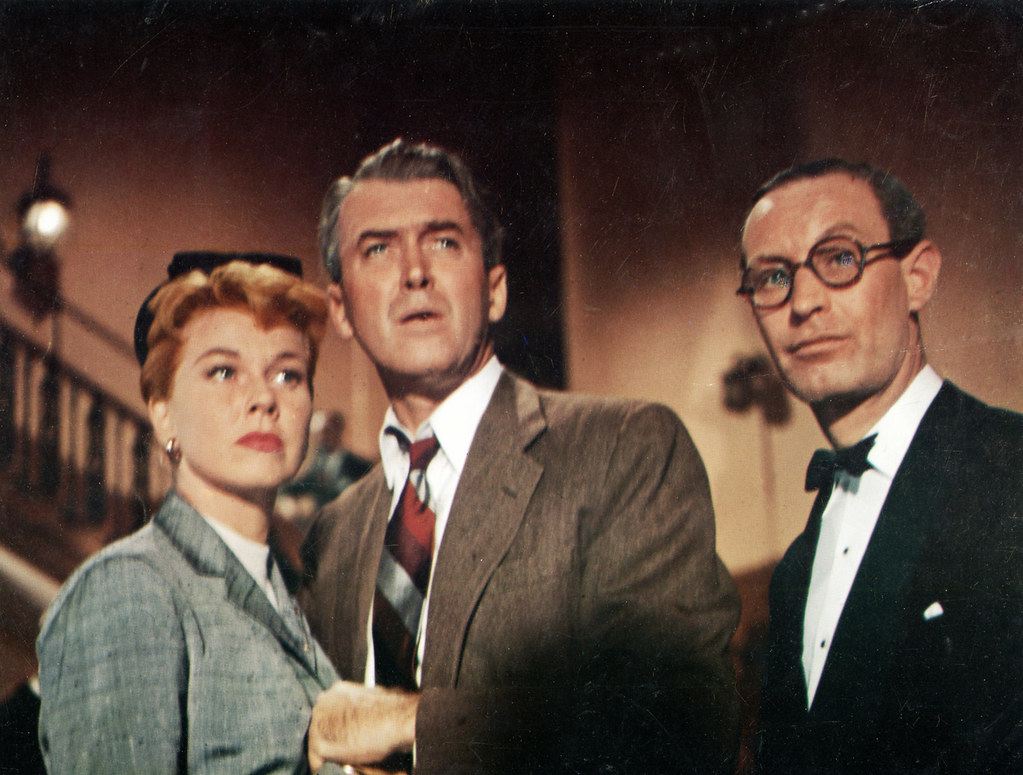
5. **The Anthem of an Era: “Que Sera, Sera” and the Resonance of a Signature Song**
Among Doris Day’s many contributions to popular culture, one song stands out as an enduring emblem of her career and a philosophical catchphrase for generations: “Que Sera, Sera (Whatever Will Be, Will Be).” This iconic tune, which she sang in Alfred Hitchcock’s 1956 suspense film ‘The Man Who Knew Too Much’ alongside James Stewart, captured the hearts of audiences and went on to win an Academy Award for Best Original Song. Its simple yet profound message resonated deeply, quickly becoming synonymous with Day herself.
“Que Sera, Sera” wasn’t just a hit; it became her signature song, a melodic representation of a laid-back, optimistic outlook that many associated with her public persona. Its induction into the Grammy Hall of Fame in 2011 solidified its place in musical history, recognizing its lasting cultural and historical significance. The song’s timeless appeal ensured its continuous presence in popular memory, often played in contexts ranging from nostalgic retrospectives to philosophical musings on fate.
Even as the burgeoning rock-and-roll movement began to shift the landscape of popular music in the 1950s, reducing interest in many established singers, Doris Day’s vocal prowess and the strength of her material allowed her to maintain a remarkable string of hits. Alongside “Que Sera, Sera,” songs like “Secret Love” and “I’ll Never Stop Loving You” continued to chart, showcasing her enduring appeal and her ability to transcend musical trends. Indeed, Billboard’s annual nationwide poll of disc jockeys ranked Day as the No. 1 female vocalist nine times in ten years, from 1949 through 1958, a testament to her consistent popularity even as her box-office appeal began to eclipse her musical fame. Her last charting single, “Lover Come Back,” in 1962, marked the end of an extraordinary run, but the legacy of her voice, particularly through her signature song, remained immutable.

6. **Hollywood’s Undisputed Box-Office Queen: The Reign of Romantic Comedies**
By 1959, Doris Day embarked on what would become her most commercially successful and iconic phase as a film actress: a series of sophisticated romantic comedies that solidified her status as Hollywood’s top female star. This golden era commenced with ‘Pillow Talk’ (1959), a film that paired her with Rock Hudson, who would become a lifelong friend, and Tony Randall. This delightful collaboration not only charmed critics and audiences alike but also earned Day her only career Oscar nomination, a nod for Best Actress, an acknowledgement of her comedic timing and undeniable screen presence.
The chemistry between Day, Hudson, and Randall was so electric that they reunited for two more highly successful comedies: ‘Lover Come Back’ (1961) and ‘Send Me No Flowers’ (1964). These films perfected the formula of witty banter, misunderstandings, and ultimate romance, making the trio a beloved cinematic staple. Day’s ability to portray the sophisticated yet wholesome lead resonated deeply with audiences, cementing her image as the ideal American woman.
Her dominance at the box office during this period was unparalleled. From 1960 to 1964, Doris Day ranked No. 1 at the box office four times, an extraordinary accomplishment equaled by no other actress except the legendary Shirley Temple. She also amassed an impressive seven consecutive Laurel Awards as the top female box-office star, two more than her leading male counterpart, Rock Hudson. Her successful pairings extended beyond Hudson and Randall; she starred with David Niven in ‘Please Don’t Eat the Daisies’ (1960) and with Cary Grant in ‘That Touch of Mink’ (1962), further establishing her as the go-to leading lady for smart, glamorous comedies. Her work with James Garner in ‘The Thrill of It All’ and ‘Move Over, Darling’ (both 1963) also proved hugely popular, with the theme song “Move Over Darling,” co-written by her son, hitting No. 8 in the UK. Even amidst these lighter roles, she demonstrated her range, starring in the thriller ‘Midnight Lace’ (1960), an updated take on the stage thriller ‘Gaslight,’ proving her versatility was not forgotten even as her comedic star shone brightest.

7. **The Shifting Tides: Later Career Challenges and Industry Transformation**
As the 1960s progressed, the cultural and cinematic landscape underwent significant transformation, bringing new challenges for established stars like Doris Day. While her film ‘Do Not Disturb’ (1965) performed reasonably well at the box office, it wasn’t enough to recoup its costs, signaling a subtle shift in audience preferences. The burgeoning “Sexual Revolution” introduced new themes and sensibilities to Hollywood, and Day’s wholesome, girl-next-door image, once her greatest asset, became a target for critics and comics who playfully dubbed her “The World’s Oldest Virgin.”
This era saw her slip from the list of top box-office stars, with her last appearance in the top ten occurring with ‘The Glass Bottom Boat’ (1966). She famously declined the role of Mrs. Robinson in ‘The Graduate,’ a part that ultimately went to Anne Bancroft, citing moral grounds and finding the script “vulgar and offensive,” as detailed in her memoirs. This decision highlighted the growing divergence between her established persona and the evolving themes embraced by New Hollywood, marking a point where her carefully cultivated image became less aligned with the industry’s new directions.
In another significant sign of the times, Day’s long and fruitful recording career with Columbia Records came to an abrupt halt in 1965. The label dismissed its long-standing pop division head, Mitch Miller, and brought in new, rock-focused management, effectively ending her active run as a recording artist. Her final feature films, ‘The Ballad of Josie’ (1967), ‘Where Were You When the Lights Went Out?’ (1968), and ‘With Six You Get Eggroll’ (1968), wrapped up her cinematic career. Despite these shifts, her enduring talent was still recognized, as evidenced by her nine Laurel Award nominations (winning four) and six Golden Globe nominations between 1959 and 1969, a testament to the continued appreciation for her performances across both comedy and drama, even as her era of unassailable box-office dominance began to recede into history.
The dazzling trajectory of Doris Day’s career, marked by unparalleled highs and enduring artistic achievements, nonetheless encountered profound shifts and personal trials as the 1960s waned. The very cultural landscape that had once embraced her wholesome image began to transform, bringing with it not only professional challenges but also deeply personal tribulations that would test her resilience and redirect her immense energy towards new, meaningful endeavors. Her story, a tapestry woven with threads of glamour and grit, continued to unfold, revealing the depth of a woman who was much more than just a star.
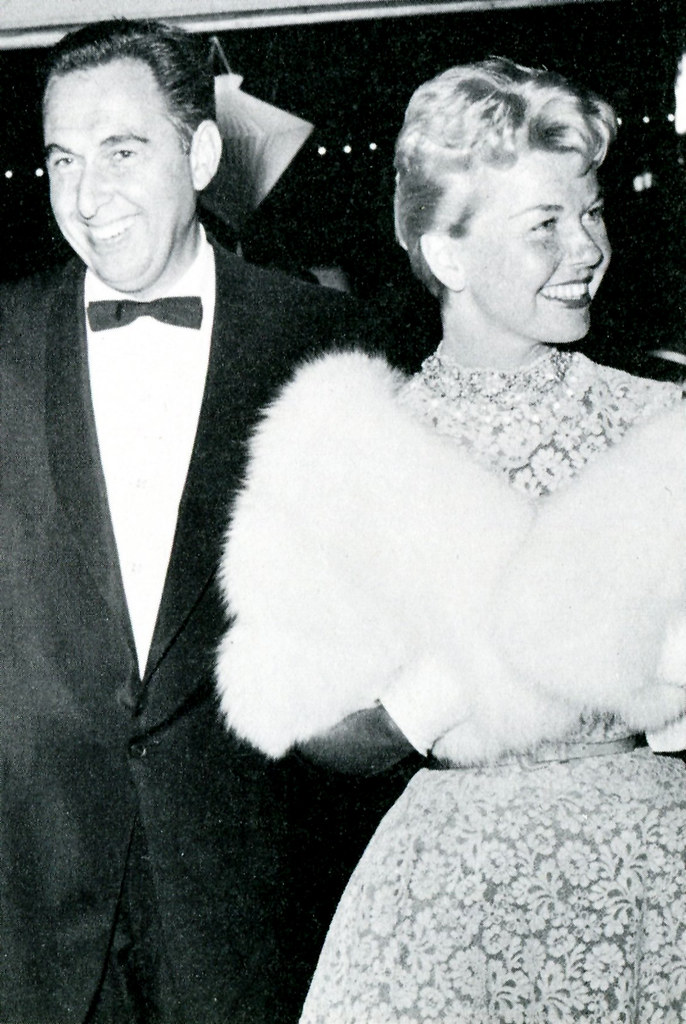
8. **The Aftermath of Tragedy: Bankruptcy and the Unwilling Dive into Television**
The untimely death of her third husband, Martin Melcher, on April 20, 1968, plunged Doris Day into an unforeseen crisis that starkly contrasted with her public persona of sunshine and optimism. It was a revelation that would shake her world to its core: Melcher, in collaboration with his business partner Jerome Bernard Rosenthal, had squandered her immense earnings, leaving her not only bereaved but also deeply in debt. This devastating financial betrayal necessitated a complete reassessment of her future, demanding that she return to work to rectify the monumental losses.
Her attorney since 1949, Rosenthal, became the subject of a bitter legal battle when Day filed suit against him in 1969. Though she won the judgment in 1974, the long, arduous process of reclaiming her stolen fortune stretched on for a decade, with compensation only finally secured through a settlement in 1979. This period of intense financial and legal strain laid bare the vulnerabilities beneath her carefully constructed image, revealing a woman forced to confront harsh realities in the most public of ways.
Amidst this personal turmoil, Day discovered a further commitment made by Melcher without her knowledge: a contract for a television series. She articulated her profound aversion to this new venture, stating, “It was awful. I was really, really not very well when Marty [Melcher] passed away, and the thought of going into TV was overpowering.” This reluctant entry into the medium marked a significant pivot, driven by necessity rather than desire, yet it would ultimately forge another chapter in her remarkable career, albeit one initiated under duress.
Her son, Terry Melcher, became a crucial figure during this period, explaining the full extent of the commitments his stepfather had made. He revealed that she had been signed up for not only a series but also “a bunch of TV specials, all without anyone ever asking me.” This revelation cemented her realization that she had no choice but to honor these obligations, setting the stage for her reluctant yet ultimately successful foray into television.
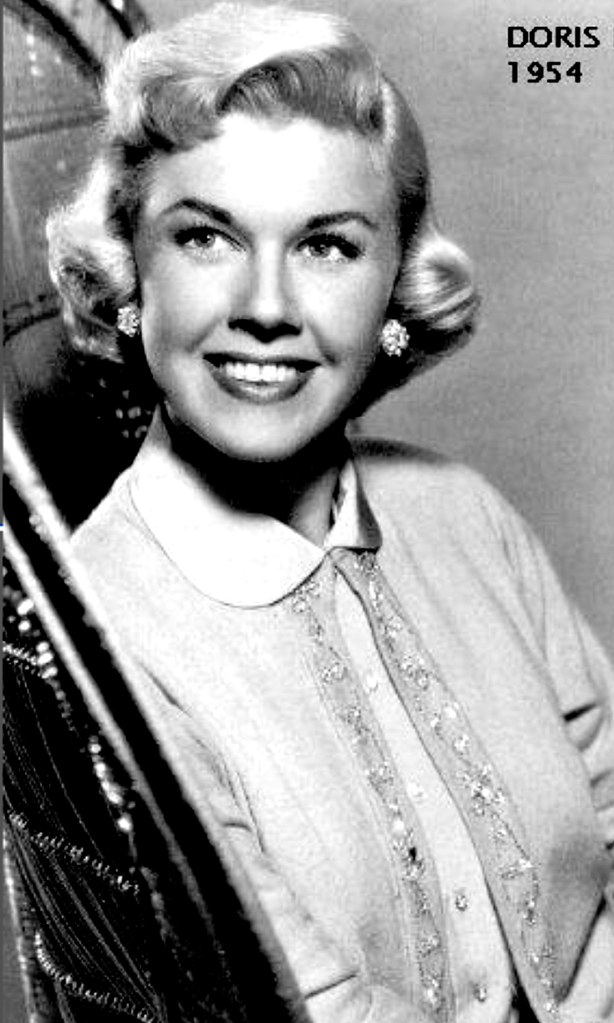
9. **Reluctant Television Star: Navigating “The Doris Day Show” and Specials**
Despite her initial reluctance, Doris Day embraced her contractual obligations, leading to the premiere of ‘The Doris Day Show’ on September 24, 1968. The irony was not lost on audiences as a rerecorded version of her signature hit, “Que Sera, Sera,” became the theme song, a poignant echo of her philosophy now applied to a career path she hadn’t chosen. Her perseverance, fueled by the need to repay her substantial debts, propelled the series forward, transforming an unwelcome obligation into another platform for her enduring charm.
Recognizing her discomfort and the financial imperative, CBS eventually ceded creative control to Day and her son, Terry. This autonomy allowed them to shape the show, ensuring its success over a five-year run, which, despite its frequent and often abrupt changes in casting and premise from season to season, proved to be a popular fixture in American households. It was a testament to Day’s sheer star power and audience loyalty that a show born of financial necessity could flourish under her name.
Beyond her successful sitcom, Day also filmed two television specials, ‘The Doris Mary Anne Kappelhoff Special’ in 1971 and ‘Doris Day Today’ in 1975, further showcasing her versatile talents in a variety format. Her television appearances extended to guest spots on various shows throughout the 1970s, keeping her in the public eye even after her film career concluded. These endeavors underscored her adaptability, allowing her to continue connecting with fans in a new era of entertainment.
A notable highlight of her later musical contributions came in 1985 when she recorded new songs. These recordings remained unreleased for decades but eventually saw the light of day in 2011 as part of her album ‘My Heart.’ This collection, featuring her son Terry Melcher’s production, offered a beautiful retrospective and a fresh glimpse into her continued musical artistry, proving that her voice remained as captivating as ever, even years after her last charting single.
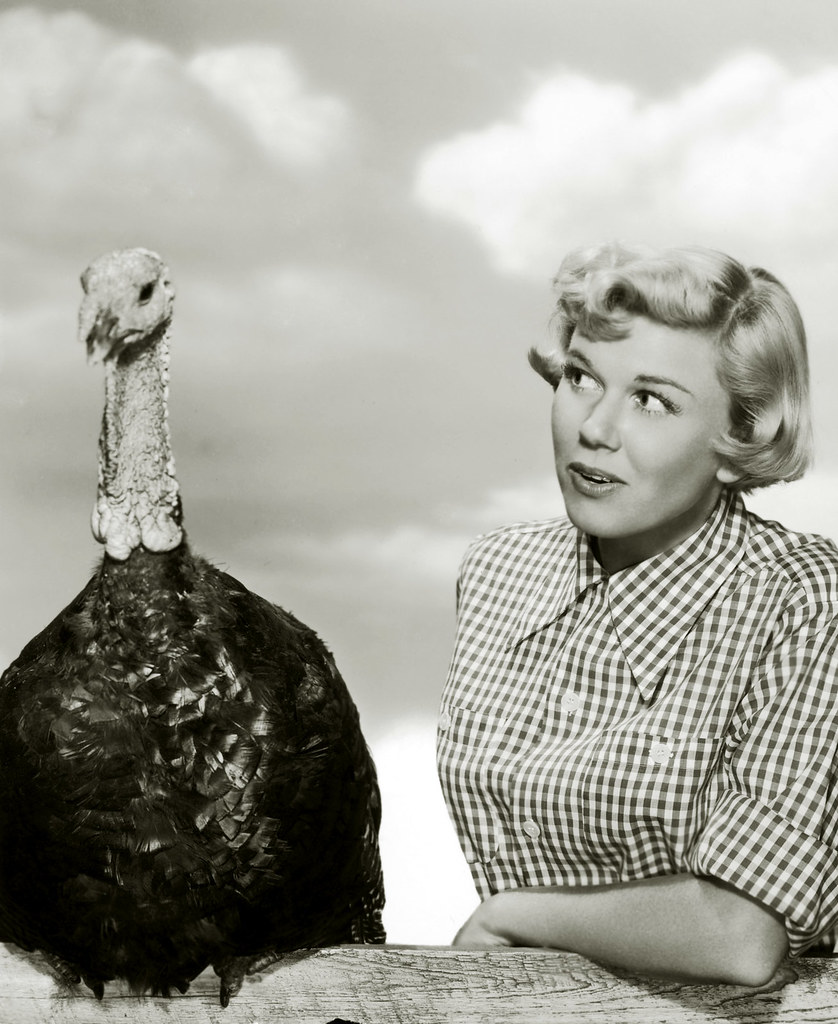
10. **A Champion for Animals: The Genesis of Her Lifelong Activism**
Doris Day’s profound commitment to animal welfare was not merely a passive interest but a passionate calling, ignited by a disturbing experience during the filming of Alfred Hitchcock’s ‘The Man Who Knew Too Much.’ While on set, she witnessed the deplorable mistreatment of animals in a marketplace scene, a sight that so appalled her that she refused to continue filming until they received adequate food and proper care. This moment of righteous indignation served as the genesis of her lifelong advocacy, proving her willingness to stand up for the vulnerable.
From that pivotal moment, Day transformed her celebrity into a powerful tool for change, co-founding ‘Actors and Others for Animals’ in 1971. She lent her iconic image to a series of impactful newspaper advertisements, joining fellow stars like Mary Tyler Moore, Angie Dickinson, and Jayne Meadows in denouncing the wearing of fur. Her voice, once celebrated in song and film, now resonated powerfully in the arena of animal rights, championing a cause close to her heart.
Her activism evolved into a formidable philanthropic effort, establishing the Doris Day Pet Foundation in 1978, which later became the Doris Day Animal Foundation (DDAF). This independent nonprofit 501(c)(3) organization was designed to be a grant-giving public charity, dedicated to funding other nonprofit initiatives that actively promote animal welfare. Through DDAF, Day created a lasting infrastructure for her compassion, ensuring her work would continue to impact countless lives long after her performing career ended.
Read more about: Loretta Swit, the Emmy-Winning ‘Hot Lips’ Houlihan of ‘M.A.S.H.’, Dies at 87, Leaving a Legacy of Versatility and Impact
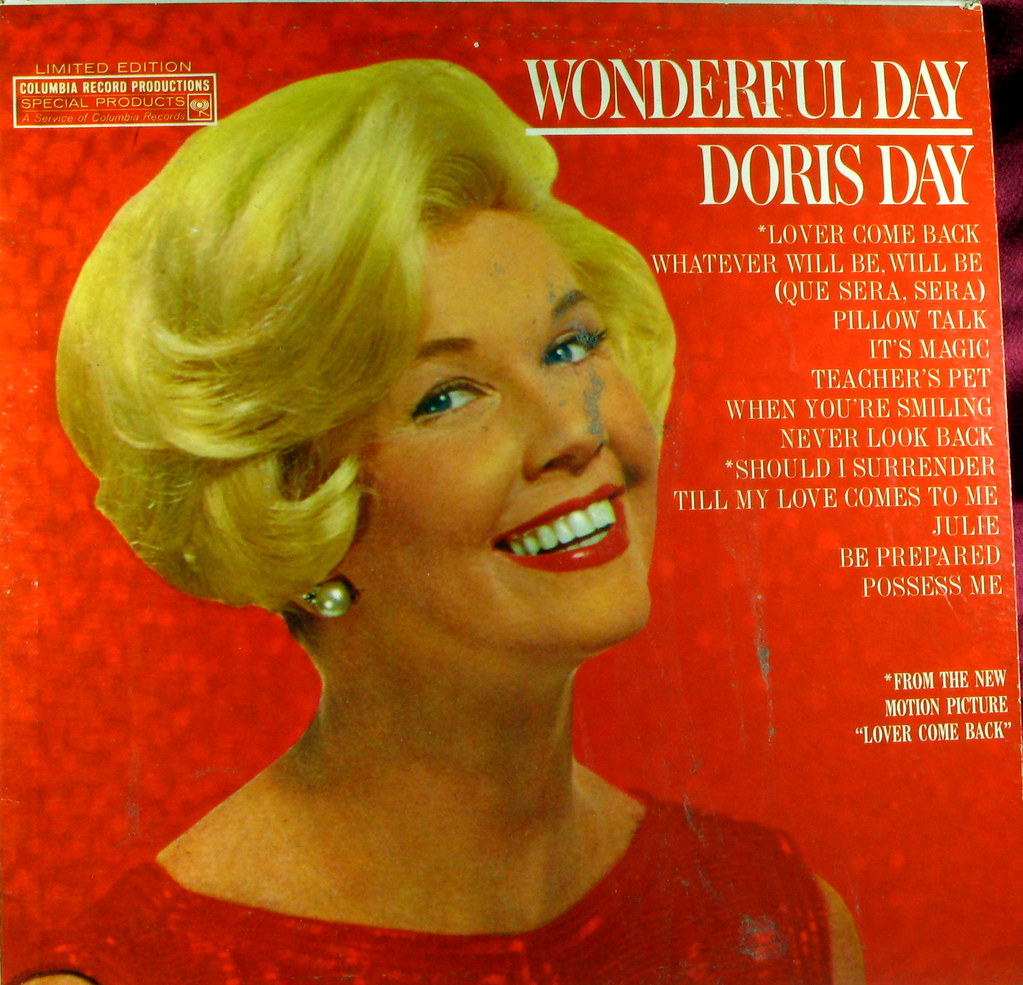
11. **Building a Legacy of Compassion: The Doris Day Animal Foundation and League**
The establishment of the Doris Day Animal Foundation (DDAF) marked a pivotal expansion of Day’s humanitarian endeavors, transforming her personal passion into an organized, impactful force for animal welfare. Under her visionary leadership, the DDAF became a beacon of hope, providing crucial financial support to a diverse array of organizations committed to the rescue, care, and protection of animals. This foundation embodied her belief in tangible action, ensuring that resources reached those on the front lines of animal advocacy.
To complement the foundation’s work, Day founded the Doris Day Animal League (DDAL) in 1987. This national nonprofit citizens’ lobbying organization was designed to influence policy and legislation, giving a powerful voice to animals on Capitol Hill. Day herself actively lobbied the United States Congress on numerous occasions, advocating for stronger animal welfare laws and bringing her celebrity stature to bear on legislative efforts. Her commitment extended beyond donations; it was a hands-on engagement with systemic change.
A significant initiative spearheaded by Day was the origination of the annual World Spay Day in 1995. This global campaign underscored her dedication to addressing pet overpopulation through spaying and neutering, a practical and compassionate solution to a widespread problem. Though the DDAL eventually merged with the Humane Society of the United States (HSUS) in 2006, her foundational work and the programs she championed continue to save countless animal lives, a testament to her enduring impact.
Her compassion also extended to equines, leading to a substantial contribution of $250,000 toward the founding of the Doris Day Horse Rescue and Adoption Center. Opening in 2011 in Murchison, Texas, on the grounds of an animal sanctuary started by her late friend Cleveland Amory, this center provided a safe haven for abused and neglected horses. Even after her passing, her dedication to animals continued to manifest, with a posthumous auction of 1,100 of her possessions in April 2020 generating an incredible $3 million for the Doris Day Animal Foundation, ensuring her legacy of kindness would live on.
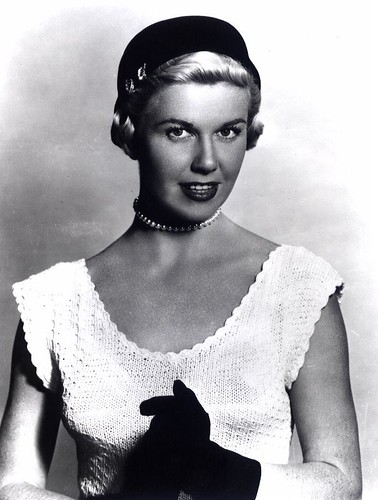
12. **Beyond the Spotlight: Philanthropy and Personal Causes**
Doris Day’s humanitarian spirit extended beyond her beloved animal causes, touching other significant social issues, most notably HIV/AIDS awareness. In the mid-1980s, during the early, terrifying days of the epidemic, she demonstrated remarkable courage and compassion. A poignant moment occurred during an appearance by her dear friend and frequent co-star Rock Hudson on her television talk show, ‘Doris Day’s Best Friends,’ where he was visibly showing the first public symptoms of AIDS, including severe weight loss and fatigue.
Day’s heartfelt embrace of Hudson on air, despite his illness, resonated deeply with audiences and highlighted her unwavering loyalty and empathy. She later recounted, “He was very sick. But I just brushed that off and I came out and put my arms around him and said, ‘Am I glad to see you’.” This public display of affection served as a powerful, humanizing moment at a time when much stigma surrounded the disease. Her show, however, was canceled after 26 episodes, following Hudson’s death from the disease later that year.
Her commitment to HIV/AIDS extended to active participation in raising awareness and fundraising for research and support programs. She co-organized several fundraising events, contributing financially to a cause that, for many, remained taboo. This dedication earned her recognition, including a tribute from the Canadian magazine Gay Globe, which featured her on their #79 edition cover in 2011, acknowledging her advocacy for a community deeply affected by the crisis.
In her more private life, Day owned the Cypress Inn in Carmel-by-the-Sea from the 1980s, transforming it into an early and renowned pet-friendly hotel. Featured in Architectural Digest in 1999, the inn became an extension of her personal philosophy, welcoming animals and their human companions. It reflected her deeply ingrained love for all creatures and her desire to create spaces where that love could be celebrated, marking her as a pioneer in pet-inclusive hospitality.
Read more about: The Philanthropic Elite: Unveiling 12 of the Most Impactful Celebrity Non-Profit Foundations
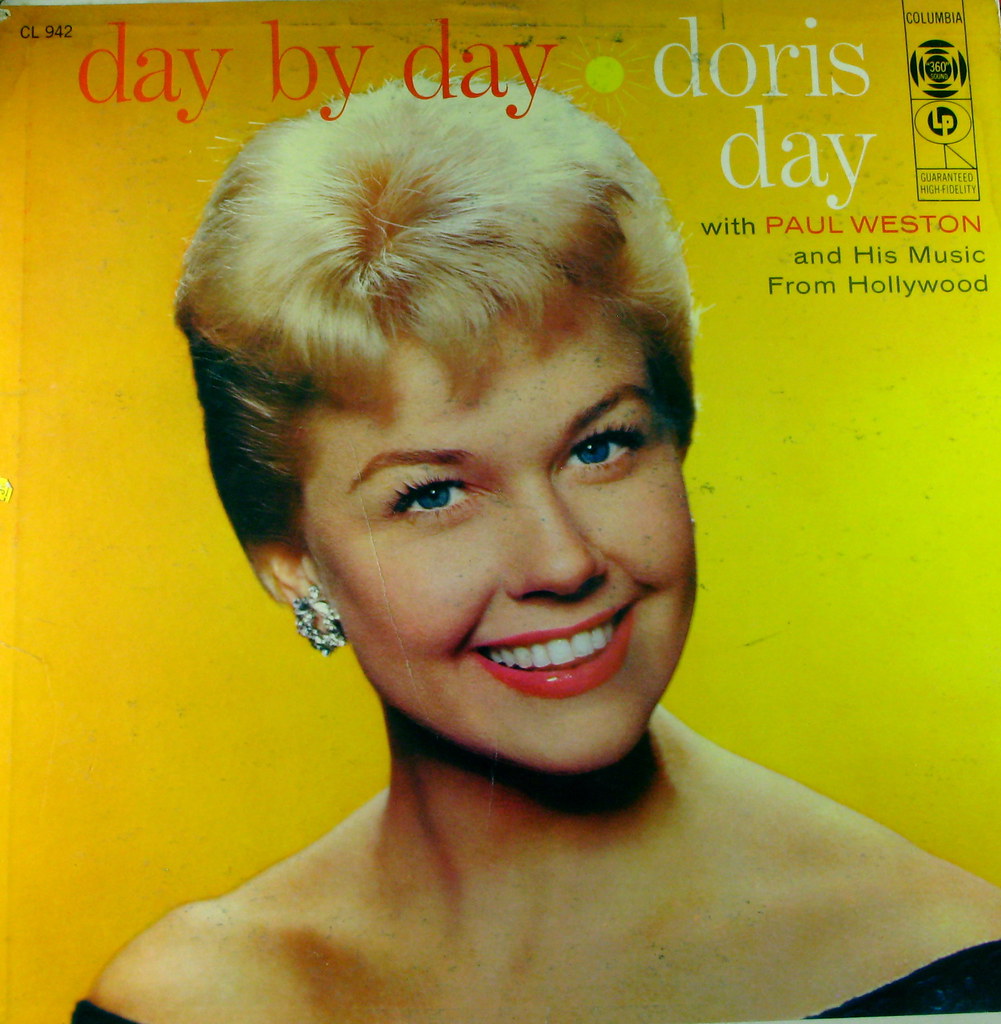
13. **An Enduring Icon: Accolades, Tributes, and Continued Reverence**
The enduring impact of Doris Day’s illustrious career and her profound humanitarian efforts garnered a multitude of accolades throughout her later years, firmly cementing her place in the pantheon of American icons. In 1989, she was honored with the prestigious Golden Globe and the Cecil B. DeMille Award for Lifetime Achievement in Motion Pictures, a formal acknowledgment of her immense contributions to cinema. These awards reflected a renewed appreciation for her unparalleled talent and star power.
Further national recognition arrived in 2004 when President George W. Bush awarded her the Presidential Medal of Freedom, the highest civilian honor in the United States. President Bush eloquently praised her, stating, “It was a good day for America when Doris Marianne von Kappelhoff (sic) of Evanston, Ohio decided to become an entertainer. It was a good day for our fellow creatures when she gave her good heart to the cause of animal welfare. Doris Day is one of the greats, and America will always love its sweetheart.” This citation beautifully encapsulated her dual legacy as an entertainer and a philanthropist.
Despite widespread campaigns by notable columnists like Liz Smith and film critic Rex Reed for an Academy Honorary Award, Day consistently declined, viewing the film industry as a part of her past life. Similarly, she declined tribute offers from the American Film Institute and the Kennedy Center Honors, both of which required recipients to attend in person. However, she graciously accepted other significant honors, including the Grammy Lifetime Achievement Award in 2008 and a Legend Award from the Society of Singers in 2010, albeit often in absentia, reflecting her preference for a more private existence in her later years.
Her musical legacy continued to be celebrated with Grammy Hall of Fame Awards for her iconic recordings of “Sentimental Journey” (1998), “Secret Love” (1999), and “Que Sera, Sera” (2012). At the age of 89, her 2011 album ‘My Heart,’ a compilation of previously unreleased recordings, reached No. 12 on Amazon’s bestseller list and even scored a UK Top 10, making her the oldest artist to achieve such a feat with new material. This resurgence demonstrated her enduring appeal across generations, a testament to her timeless artistry.
Read more about: A Cosmic Farewell: Rock Icons Unite to Honor Ace Frehley, The ‘Eternal Rock Soldier’ Who Changed Everything
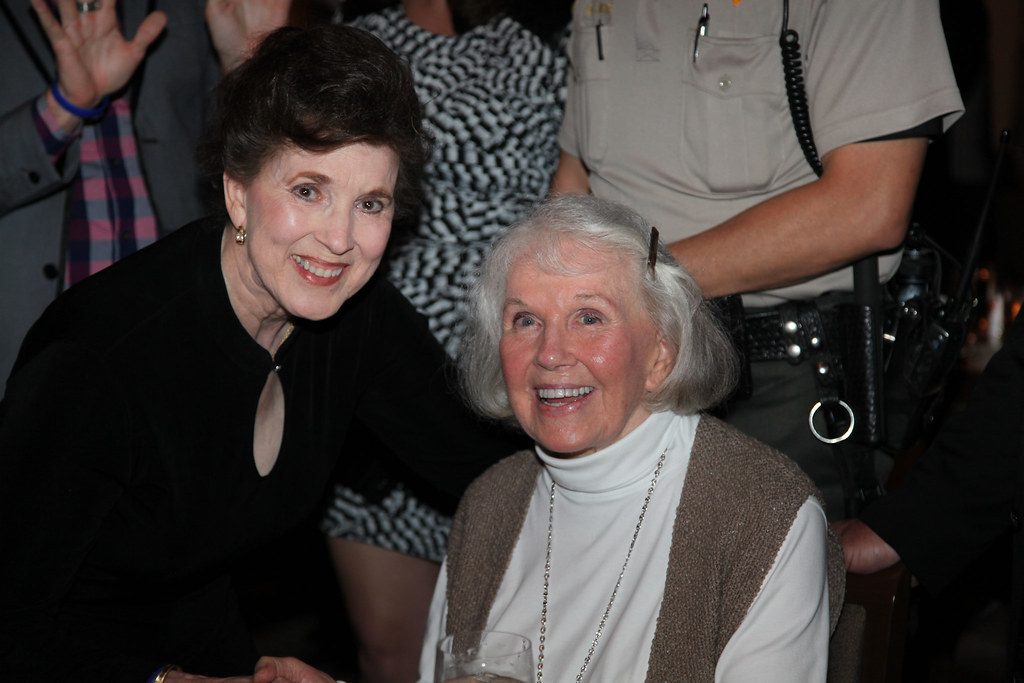
14. **The Sunset of a Golden Era: Final Years and an Unforgettable Legacy**
In her tranquil retirement in Carmel-by-the-Sea, California, Doris Day embraced a life dedicated to her beloved pets and adopted stray animals, a fitting culmination to her lifelong advocacy. Though she largely withdrew from the public eye, her presence remained a cherished part of American consciousness. In January 2012, the Los Angeles Film Critics Association presented her with a Lifetime Achievement Award, further solidifying her critical acclaim, even as she gracefully aged.
Day made a rare public appearance in April 2014, attending the annual Doris Day Animal Foundation benefit, delighting fans and supporters. Even in her final years, opportunities for a return to the screen emerged, with Clint Eastwood offering her a role in a film he planned to direct in 2015. However, she ultimately declined, choosing to remain in her peaceful retirement, a decision that underscored her contentment away from the demands of Hollywood.
On her birthday in 2016, she granted ABC a telephone interview, accompanied by photographs chronicling her remarkable life and career, offering a rare glimpse into her world. Her fans, a loyal and devoted community, gathered annually in late March for a three-day celebration in Carmel-by-the-Sea, an event that doubled as a fundraiser for her cherished animal foundation. During the 2019 event, a special screening of ‘Pillow Talk’ honored its 60th anniversary, where Day spoke fondly of her friendship with Rock Hudson, saying, “We laughed our way through three films we made together and remained great friends. I miss him.”
On May 13, 2019, Doris Day passed away at the age of 97 at her home in Carmel Valley, California, due to pneumonia. In a testament to her deeply personal and private nature, the Doris Day Animal Foundation announced, as per her wishes, that there would be no funeral services, grave marker, or other public memorials. It was a quiet departure for a woman whose life had been anything but. Doris Day leaves behind not just a catalog of iconic films and timeless songs, but a profound legacy of compassion, resilience, and an unwavering spirit that defined an era and continues to inspire.
Read more about: Seriously Where Did They Go? Unearthing the Vanished Legacies of 10 Golden Age Hollywood Icons
Her journey from a dance dream shattered by an accident to a luminous Hollywood star and then to a tireless champion for animals is a narrative of reinvention and enduring purpose. She navigated personal betrayals and shifting cultural tides with grace, always remaining true to her values. Doris Day, the golden girl, the girl-next-door, the powerhouse vocalist, and the compassionate activist, remains an indelible part of the fabric of American popular culture, a radiant star whose light continues to shine brightly, forever remembered as America’s Sweetheart.



